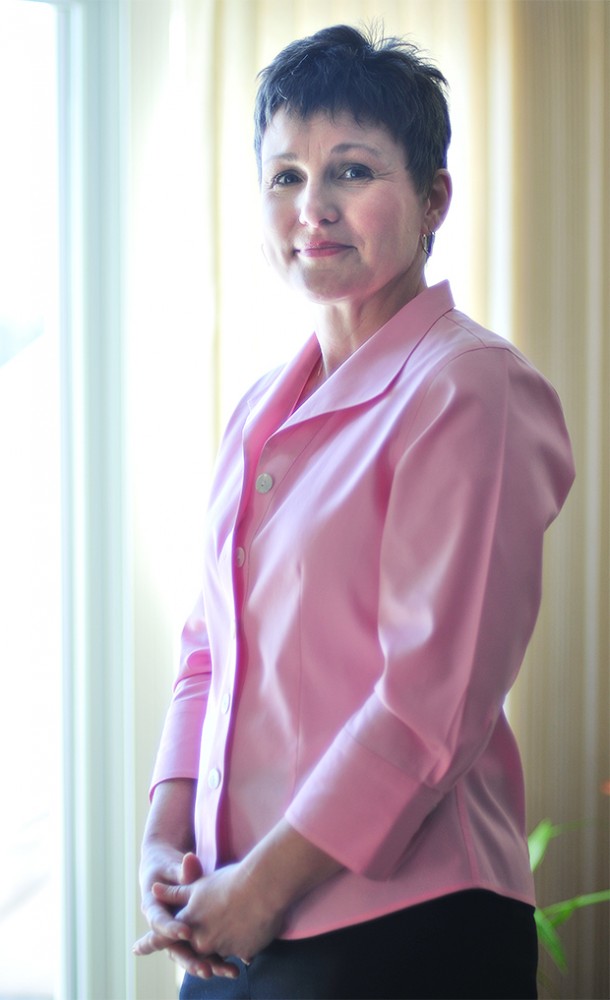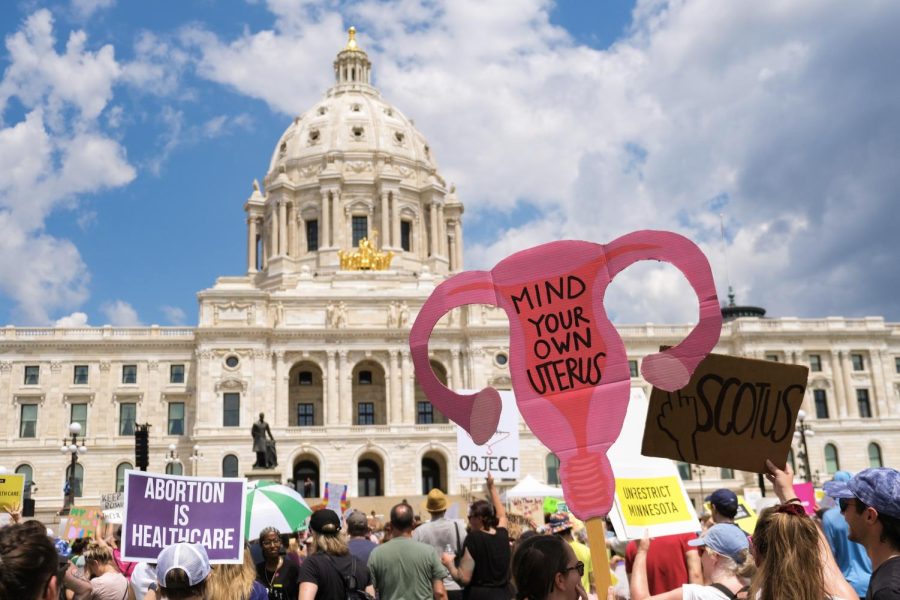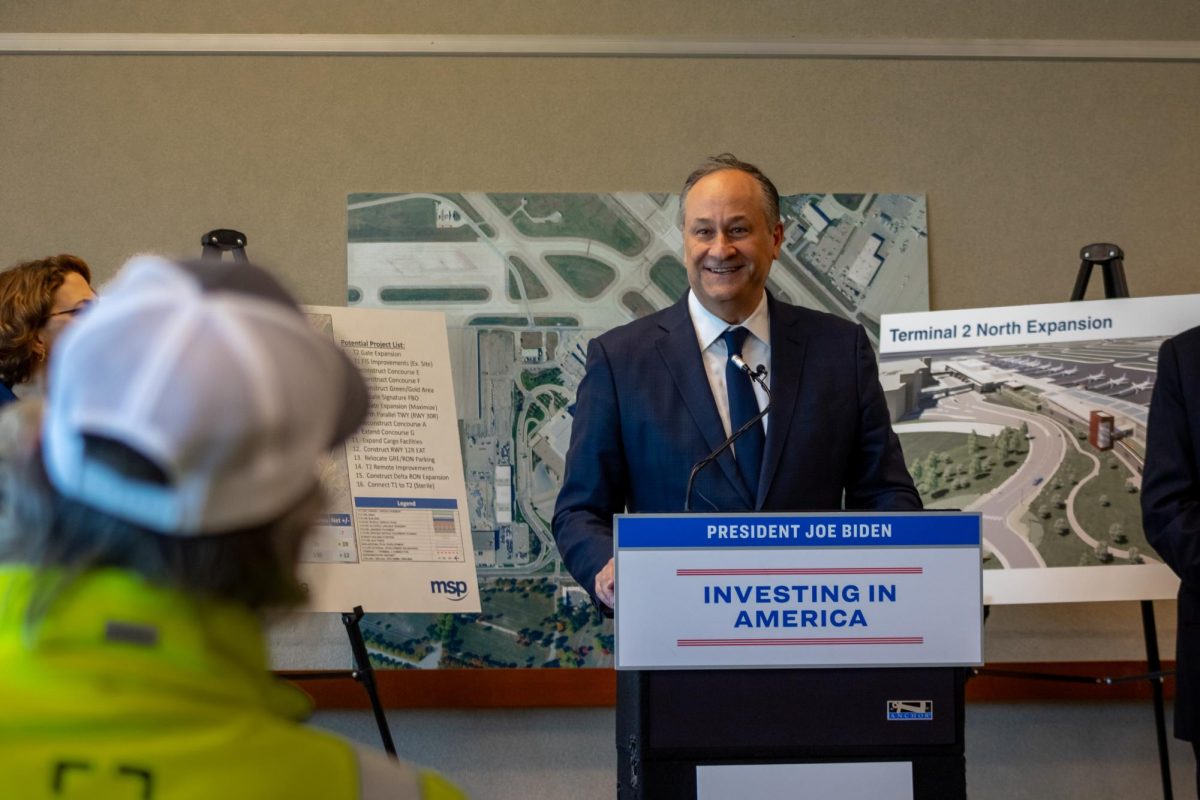When Darcy Long first received her diagnosis of stage one breast cancer in the summer of 2007, she knew right away she would elect to have both her breasts removed surgically. Long, 46, of Maple Grove, is one of an increasing number of women who are choosing to have the procedure, called a contralateral prophylactic mastectomy. But new research from the Houston-based University of Texas M.D. Anderson Cancer Center may help curb the increase of medically unnecessary surgeries in the future. Dr. Kelly Hunt, a surgical oncology professor at M.D. Anderson, led a team that identified three characteristics in women with an increased risk of developing breast cancer in the second breast. The goal of the study was not to give physicians a set of guidelines, Hunt said, but âÄúso that patients who are basically wanting to have it done can identify things that put them at higher risk.âÄù A 2007 study by Dr. Todd Tuttle, chief of surgical oncology at the University of Minnesota, showed patients choosing double mastectomies (both breasts removed) increased by more than 150 percent between 1998 and 2003. âÄúI think women overestimate their risk of developing cancer in their other breast,âÄù Tuttle said. âÄúAnd over estimate the benefit of having that breast removed.âÄù But Tuttle stresses that radical mastectomies donâÄôt lead to higher survival rates. âÄúWhat will determine whether or not they survive the cancer is whether or not there are cancer cells in other parts of the body, like the blood stream, liver, brain and bone,âÄù he said. When women are faced with the different options for surgical treatment (which include lumpectomy, where only part of the breast containing the tumor is removed; unilateral mastectomy, where the entire cancerous breast is removed; and bilateral mastectomy, where both breasts are removed), they often are still reeling from their initial breast cancer diagnosis, Dr. Douglas Yee, director of the Masonic Cancer Center at the University said. âÄúThey havenâÄôt had time to reflect on the seriousness of a procedure, or a necessity of a procedure,âÄù he said, but pointed out most women are happy with their choice after a double mastectomy. Yee echoed TuttleâÄôs sentiment that survival is generally unrelated to surgery choices. âÄúNo one has ever shown there is a survival advantage for this surgery,âÄù Yee said, âÄúand [that] probably never will be shown.âÄù The more radical procedure puts patients at the undue risks of longer time under anesthesia, a second site that is susceptible to infection and a longer recovery time, Hunt said. The study tries to âÄústratify the risk,âÄù she said, to help patients âÄúunderstand which factors may put them at higher risk [for a second cancer].âÄù The three characteristics identified by Hunt and her team are: having more than one cancer in the same breast, having a cancer with a specific pathology (being found in the milk glands), or women with an elevated risk based on the Gail model, which considers factors such as age, age of first menstruation and first pregnancy. Yee said he thinks HuntâÄôs findings will affect the way physicians and patients discuss surgical treatment options for breast cancer. Two decades ago, he said, women were only being presented with the option of mastectomy, but new findings led to the options of lumpectomies being introduced to clinical practice. âÄúI think it will take a little while for women and surgeons to be aware of all the issues,âÄù he said, but ultimately, HuntâÄôs findings will translate into practice. Tuttle said many of his patients choose to have the non-cancerous breast removed âÄúfor factors unrelated to breast cancer risk,âÄù meaning they do not want to have continued screening or they are concerned about how their breasts will look. âÄúA lot of them come to my office with the idea that this is what they want,âÄù he said. Long is one of those women. Concerned about a reoccurrence of her cancer and knowing the difficulty women with a single mastectomy can face in achieving symmetry of their breasts, Long said choosing the mastectomy over other treatment options was âÄúone of the easier choicesâÄù she had. âÄúI just wanted it out,âÄù she said of the cancer. âÄî Emma L. Carew is a senior staff reporter

Image by Chris Roberts
New research may help women with breast cancer make surgical decision
Published February 2, 2009
0
More to Discover







